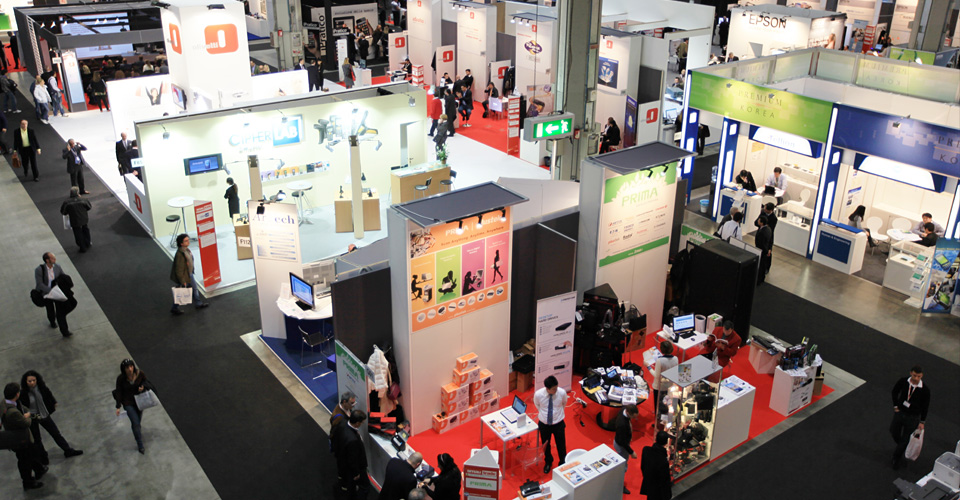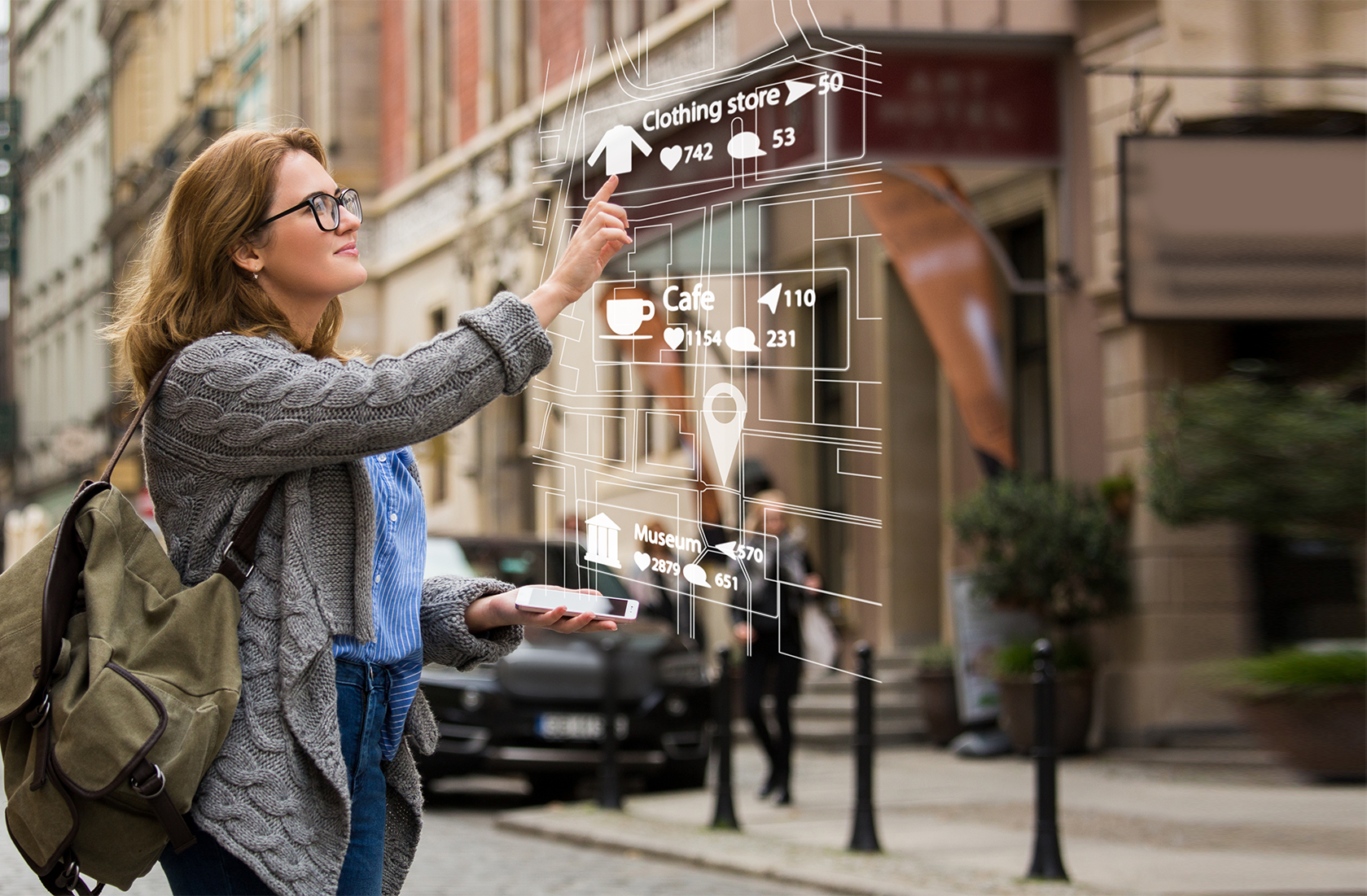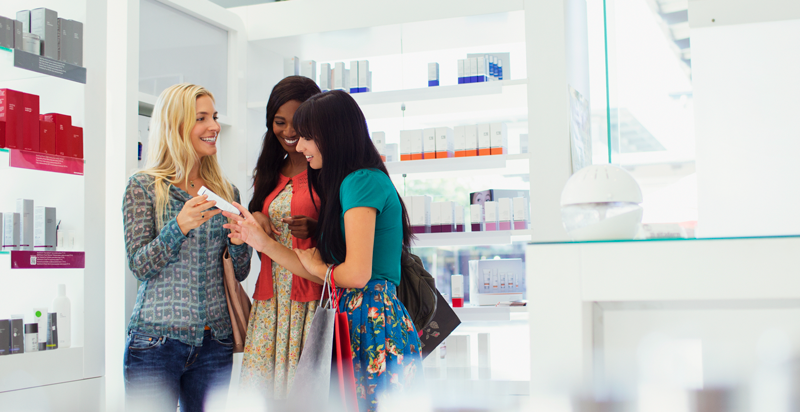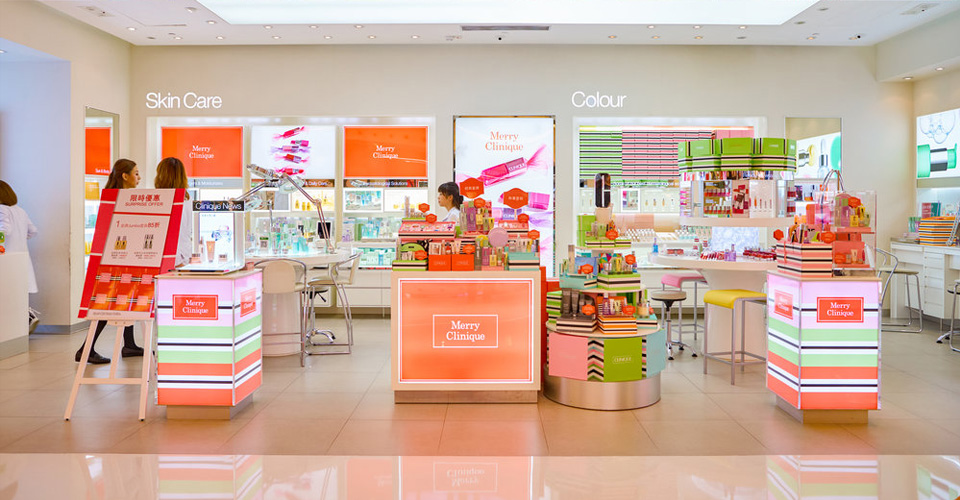
The healthcare marketing landscape is shifting rapidly. New laws have changed how hospitals and healthcare networks are organized, and many have undergone significant mergers or acquisitions in the past several years.
As a result, healthcare organizations are now making efforts to re-establish their brands with patients, and to differentiate themselves from the competition with their marketing activities. Key metrics they seek to compete on include quality of care, and specific quantifiable outcomes like speed of discharge, rate of infection, and in-patient versus out-patient capabilities. That’s according to Peter Do at Health Care Success, who explains that by embracing some of 2018’s major trends in healthcare marketing, hospitals and healthcare organizations can stand out from the crowd and establish a clear, effective brand with their patients.
Location-Based Marketing
Mobile technology and the Internet of Things (IoT) have put a computer in nearly everyone’s pocket. Location-based marketing, like geofencing and geoconquesting, can help solve some of the challenges facing healthcare marketers.
Geofencing
Geofencing using GPS technology to establish a very specific area where your ads are appropriate to show. When people enter this customizable area, whether they live there or because they frequently travel through it for work or to visit family, your ads will display. This is promising technology for marketers struggling to build brand recognition in a specific neighborhood or region, and well as those looking to cut waste costs and improve targeting efficiency.
Geoconquesting
Geoconquesting is similar, but works specifically to win market share back from competitors. Like geofencing, it allows you to designate a specific area for your ads to appear. However, that area is meant to be around the hospitals, facilities, or deeply entrenched markets of your competition. This is a powerful tool for marketers looking to establish themselves in competitive areas, or win back market share from specific regions and patients.

Technology and Telemedicine
As it has for many other fields, technology has created many possibilities for replacing costly in-person healthcare services with cost-effective virtual and digital versions. Customers demand omnichannel access to brands in industries like mobile banking, shopping, and insurance. They want a customer experience that is deeply embedded with video, chat, and easy-to-use apps – all the ways they are comfortable communicating in an increasingly digital world. Whether for video doctor’s appointments, booking and billing, or prescription questions, healthcare organizations that invest in technology and telemedicine can offer a truly superior, modern patient experience.
Patient Experience
“The connection between patient satisfaction, hospital reimbursement, and continued growth and development is a marketing picture that will expand significantly,” Do says. But, as he explains, “the concept of improved patient experience has been slow to gain traction with some facilities.”
Industry leaders like Mayo Clinic and Cleveland Clinic, for example, have begun to offer truly personalized customer experiences to their patients. This is due, in large part, to the connection of reimbursement and HCAHPS scores. Today’s patients are increasingly sophisticated consumers, and they have come to expect the same level of customer experience in healthcare that they do receive in their daily retail and service interactions.
Healthcare Marketing Supply Chain
To capitalize on these trends and make their brand stand out, healthcare marketers need clarity and efficiency in their marketing supply chains and operations. They need to know exactly what’s being produced and inventoried, what the budget impact is, what employees are involved, what the project timelines are, what the returns on investment are, and more. That’s why it’s so crucial to partner with a trusted expert who can provide simplicity, cost efficiency, and reliability to healthcare marketing organizations. That way, your team can remain flexible and responsive to changing patient demands while maximizing every dollar of your marketing budget and delivering powerful customer experiences.
Subscribe to the Blog
Why NVISION?
For more than three decades we’ve partnered with Fortune 500 companies to deliver marketing operations solutions. Led by a strategic account management team, we’ll help you develop, procure, fulfill and distribute printed collateral, signage, point-of-purchase displays, direct mail, branded merchandise and much more.









 Project Title
Project Title Project Title
Project Title